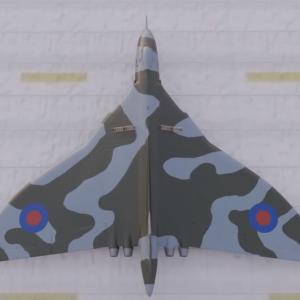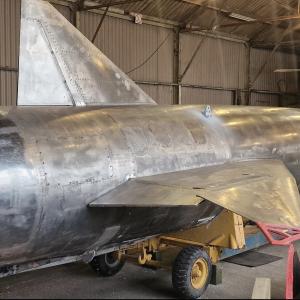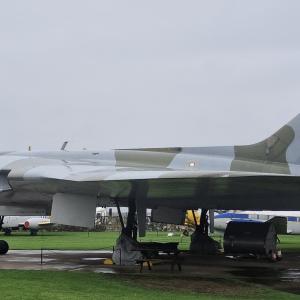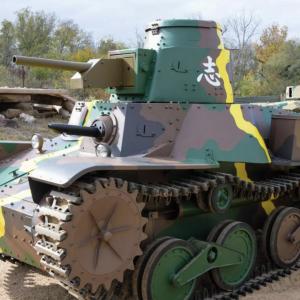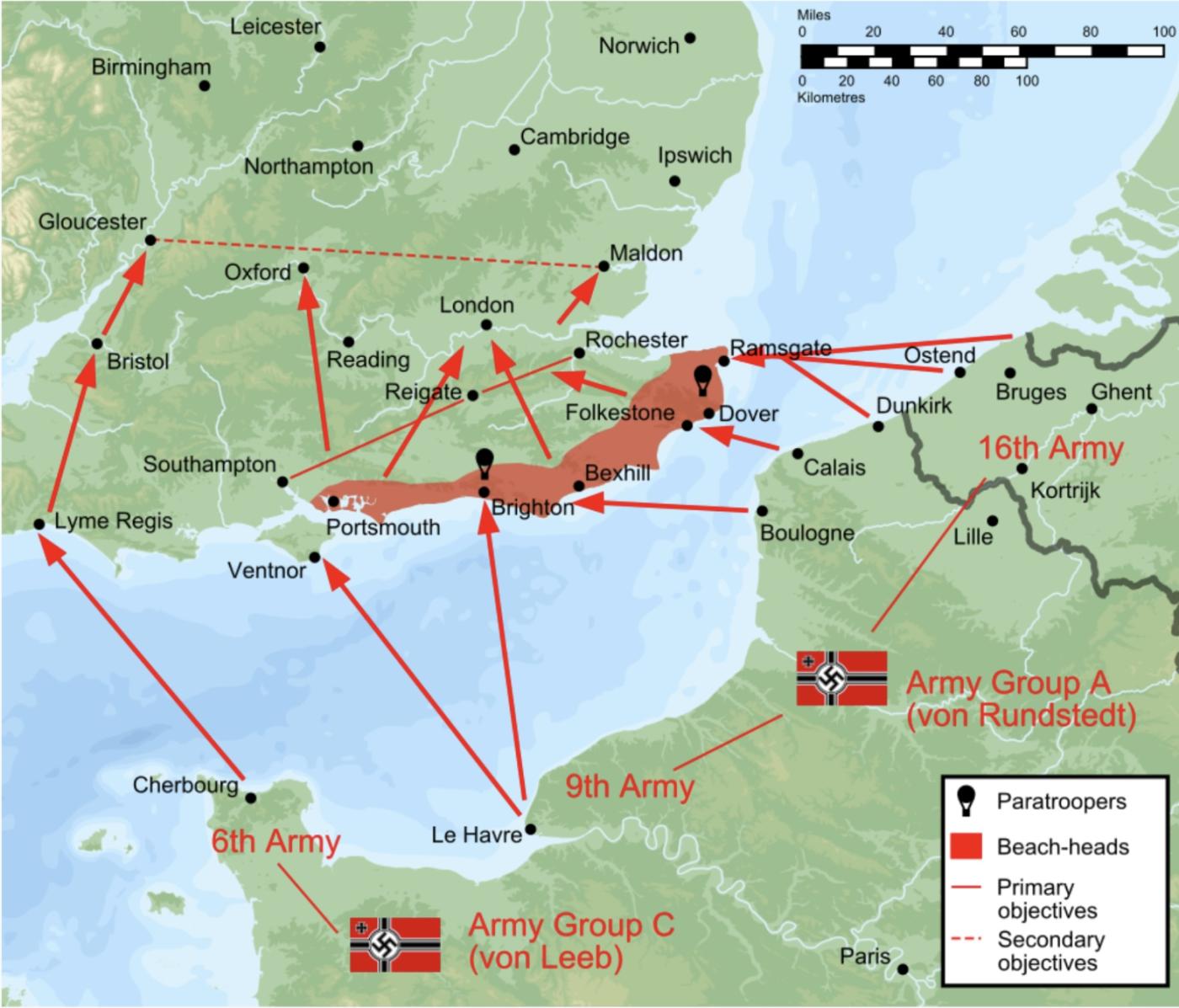
On this day in military history…
Hitler announces on 13th July planned invasion of Britain named operation Sea Lion,following the swift and stunning fall of France, Adolf Hitler turned his attention to the British Isles. With much of continental Europe under Nazi control, Britain stood alone against the Axis, defiant under the leadership of Prime Minister Winston Churchill. Hitler, anticipating that the British might seek terms for peace following their isolation, was surprised and frustrated by Churchill’s resolve. In response, Hitler authorized preliminary plans for a full-scale invasion of Britain—an ambitious and ultimately ill-fated operation known as Operation Sea Lion.
The objective of Operation Sea Lion was to eliminate Britain as a base for future resistance against Nazi Germany. With the British army having just evacuated from Dunkirk, Hitler believed morale was low and that a well-coordinated invasion could bring Britain to its knees. He envisioned a cross-Channel attack that would land German troops along the southern coast of England, particularly in the area between Folkestone and Brighton, followed by a rapid advance toward London and critical inland targets. Hitler expected that if German forces could establish a beachhead and penetrate deep enough, British resistance would collapse or the government would be forced into negotiations.
The plan relied on a sequence of interdependent military actions. First and foremost, Germany needed to gain air superiority over the English Channel and southern England by destroying the Royal Air Force. Without this, German troops crossing the Channel would be vulnerable to devastating air and naval attacks. To this end, the Luftwaffe, under Hermann Göring, launched the Battle of Britain in July 1940, with waves of aerial assaults targeting RAF airfields, radar stations, and industrial centers. Göring promised Hitler that the RAF would be destroyed within weeks, clearing the skies for invasion.
Meanwhile, the German Navy, or Kriegsmarine, began assembling a fleet for the amphibious assault. However, unlike the well-developed naval forces of Britain, the Kriegsmarine was ill-prepared for a major invasion. Many of its surface ships had been damaged or destroyed during the Norwegian campaign earlier that year. To compensate, the Germans repurposed hundreds of river barges and civilian vessels for the invasion force, many of which were poorly suited for crossing open waters, especially under hostile conditions. The idea was to ferry around 250,000 to 300,000 German troops across the Channel in successive waves, with an initial assault composed of 13 infantry divisions. These troops would be lightly supported by armor and artillery due to the transport limitations.
Compounding the issue was the dominance of the Royal Navy. Even if the Luftwaffe had succeeded in weakening the RAF, the Royal Navy posed a grave threat to any attempt at a Channel crossing. British destroyers and cruisers, operating from bases along the coast, could have intercepted and devastated the slow-moving, lightly defended barges carrying German troops. German naval commanders were deeply skeptical of the plan, as they could neither match British naval strength nor guarantee safe passage for the invasion force. There was also little time for Germany to develop an amphibious doctrine or rehearse the complex coordination required between air, land, and sea forces. Unlike the Allies who would later conduct the Normandy landings in 1944, the Germans lacked both experience and equipment for such an operation.
The Luftwaffe’s failure to achieve air superiority over Britain ultimately sealed the fate of Operation Sea Lion. British radar technology, coupled with a highly organized system of fighter command and home-based airfields, allowed the RAF to effectively counter German raids. British pilots, flying Spitfires and Hurricanes, fought with tenacity, and the British public, though enduring bombings and blackouts, refused to be cowed. By early September 1940, Göring shifted tactics to begin bombing British cities in what became known as the Blitz, hoping to break civilian morale instead of defeating the RAF outright. This shift proved to be a strategic mistake, as it gave the RAF time to recover and regroup.
By mid-September, it became increasingly clear that the necessary conditions for invasion could not be met. On September 17, 1940, Hitler postponed Operation Sea Lion indefinitely. While the Blitz continued for several more months, the focus of German military planning began to shift eastward. The failure to invade Britain meant that Nazi Germany would face a two-front war—a strategic disadvantage that would prove critical as the war dragged on. Hitler’s attention turned toward the Soviet Union, culminating in the launch of Operation Barbarossa in June 1941, effectively ending any realistic chance of invading Britain.
Operation Sea Lion, while never executed, remains one of the most studied and debated plans of World War II. It illustrates not only the logistical and strategic challenges of amphibious warfare but also the vital role of air superiority, naval power, and national morale. Britain’s survival in 1940 was due not only to the courage of its armed forces and civilians but also to the strategic overreach and miscalculations of Nazi leadership.

